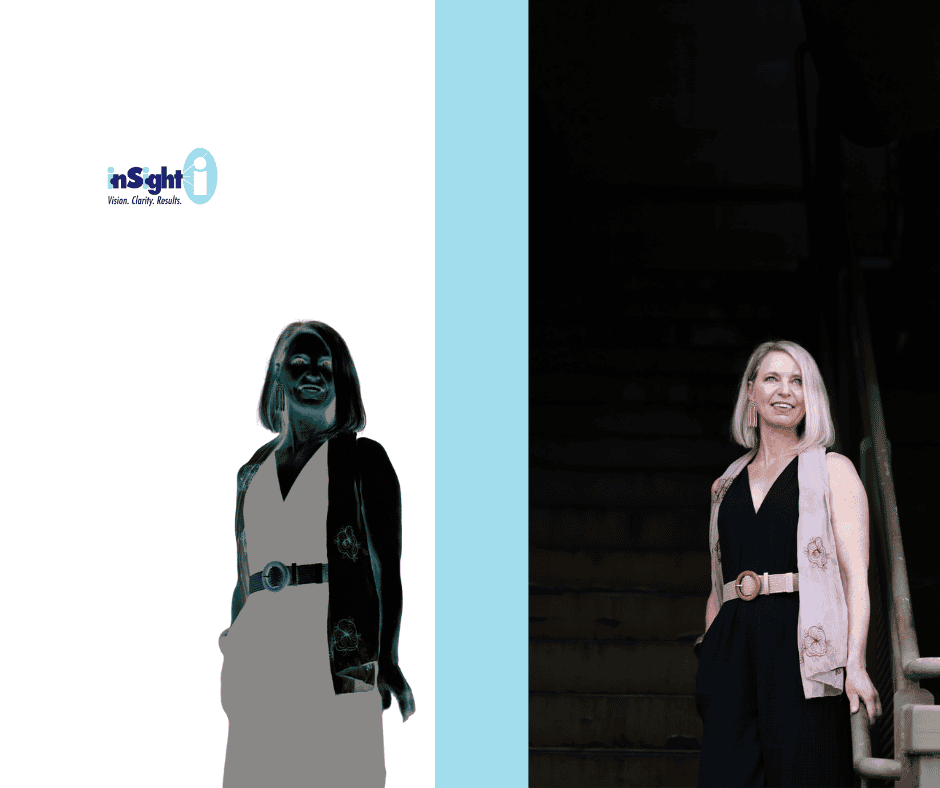The shadow work no one told us leadership required.
A few weeks ago, my daughter said, “Mom, I think you would really like Thunderbolts.”
She had just finished watching the latest Marvel movie and started telling me what it was about. “It really reminds me of the work you do. There are rooms of past selves they have to go through.”
I told her it sounded like shadow work and I was intrigued.
So I watched it.
And she was right.
What is the shadow self?
If you’ve never heard the term shadow, here is a simple definition: The shadow is the part of us that holds unconscious beliefs, fears, and emotional patterns we’ve learned to suppress, often since childhood.
It’s where we store stories like:
- “I’m not good enough.”
- “I’m too much.”
- “I’m alone.”
- “If I’m not constantly working, I’m not worthy.”
- “If people really knew me, they’d leave.”
Most of the time, these beliefs operate just beneath the surface. Unless we bring awareness to them, they shape our reactions, our relationships, and our leadership.
The shadow doesn’t stay quiet—it runs the show.
In Thunderbolts, there’s a moment when a character tries to beat up his own shadow. It’s uncomfortable to watch, and also completely relatable.
How many of us try to do the same thing? We fight the fear. We try to outwork the pain. We ignore the part of us that feels insecure, ashamed, or unworthy.
Here’s the thing: you can’t evolve by denying part of yourself.
What transformation looks like.
The real path forward is not about beating the shadow. It’s about meeting it.
That means learning to feel what you’d rather avoid. To see what you’ve hidden. To let the fullness of your humanity be present, instead of pretending it’s all handled.
And we don’t do this alone. In the movie, the character’s evolution only begins when he’s surrounded by others who reflect him back to himself. That’s true for us, too.
Healing—and leadership growth—happens in relationship.
Most leaders are still being run by their shadow.
Most people (yes, definitely executives) are walking around with their shadow self in the driver’s seat, unknowingly recreating fear-based systems, dysfunctional dynamics, and burnout cycles.
However, when one person in a leadership role does the work? It shifts everything.
- They bring presence instead of performance.
- They invite depth instead of defensiveness.
- They model something radically more human.
And that creates space for everyone around them to evolve.
This is the real hero’s journey.
It’s not just a Marvel movie arc, it is a metaphor for the transformation so many of us are in right now.
We leave what’s familiar. We enter the unknown. We face the parts of ourselves we’ve long buried. And if we’re brave enough to stay, we emerge more whole, more humble, and more ready to lead.
We all have our shadows. We all have our stories. The difference is whether we’re willing to face them or continue letting them lead from the backseat.
So, I encourage you to watch Thunderbolts. Not just for entertainment, as a mirror. Because it might just change how you see yourself, how you lead, and allow something new to emerge in this world that vitally needs your full humanness.
P.S. Shadow work is one of the most liberating aspects of evolving leadership and it’s central to the way I work with individuals and teams. If you’re curious about what that could look like in your world, I’d love to talk about how we help leaders move from unconscious patterning to conscious presence.

